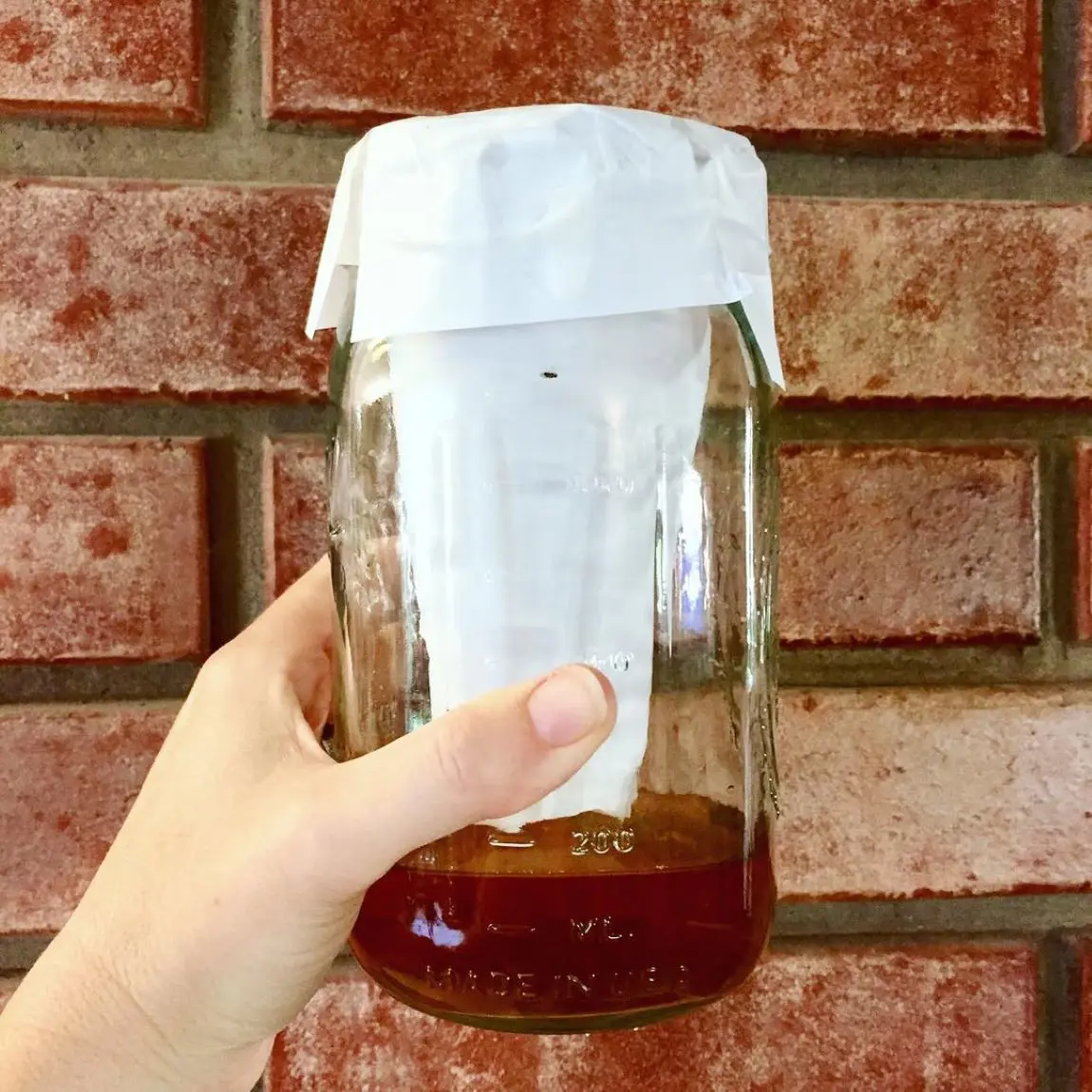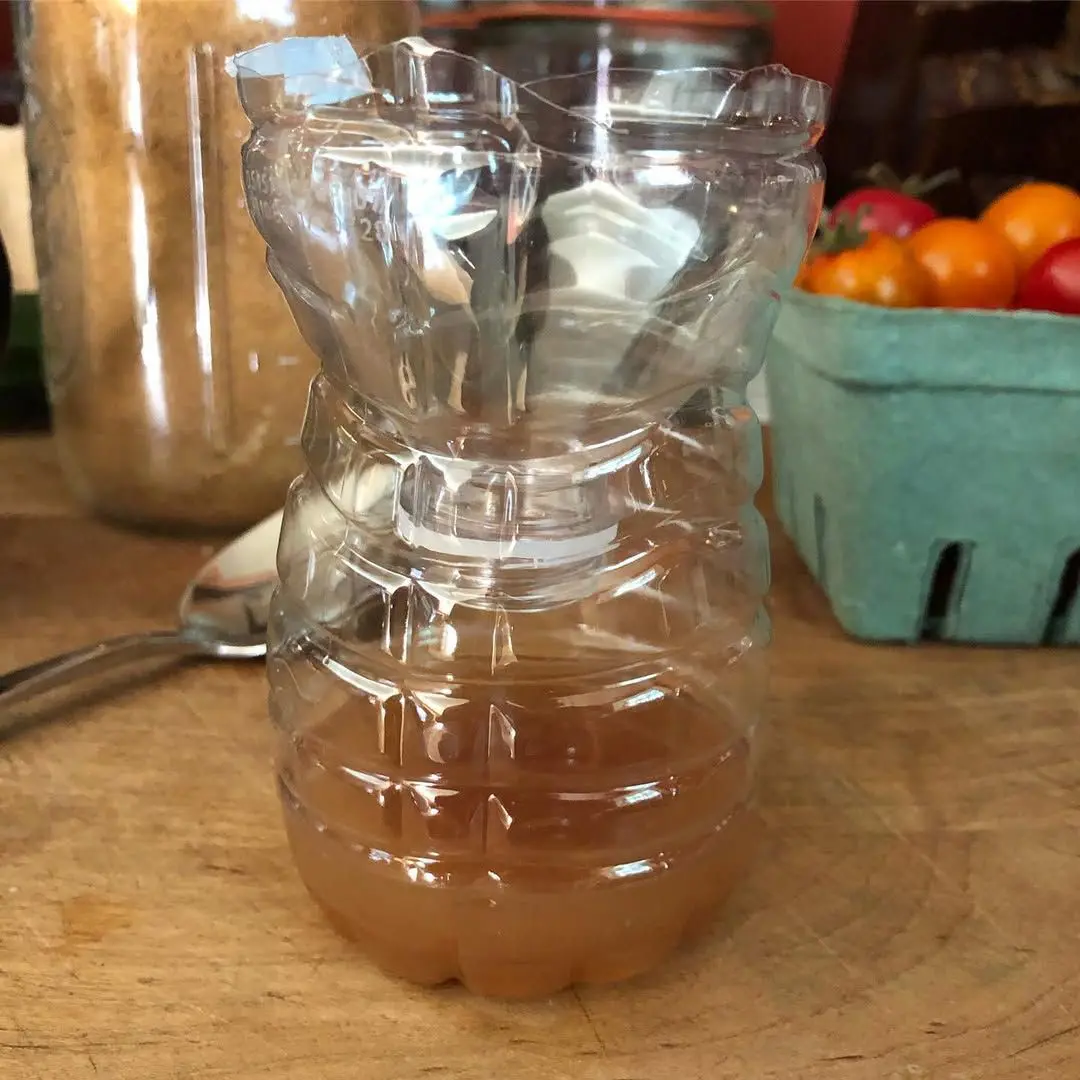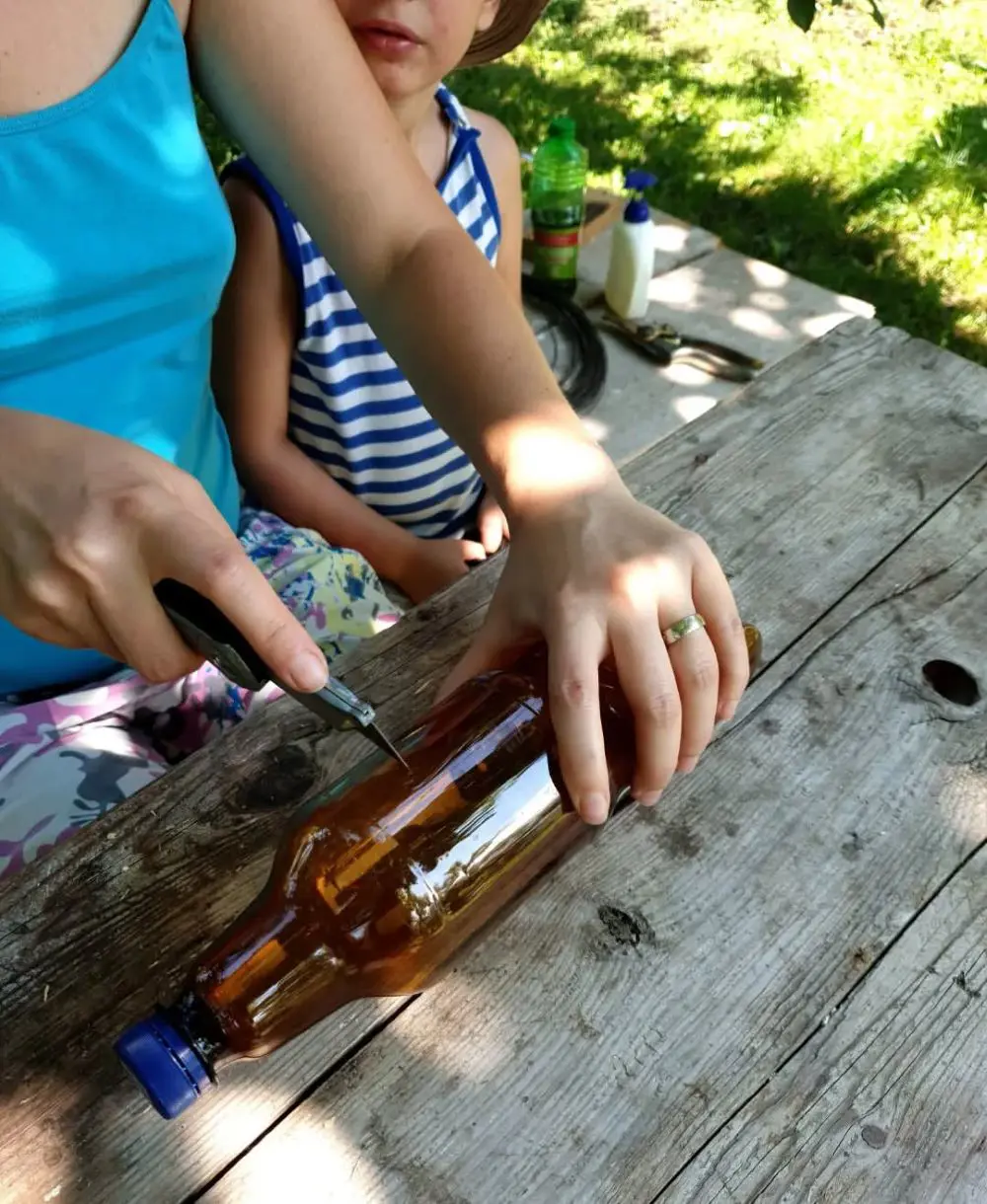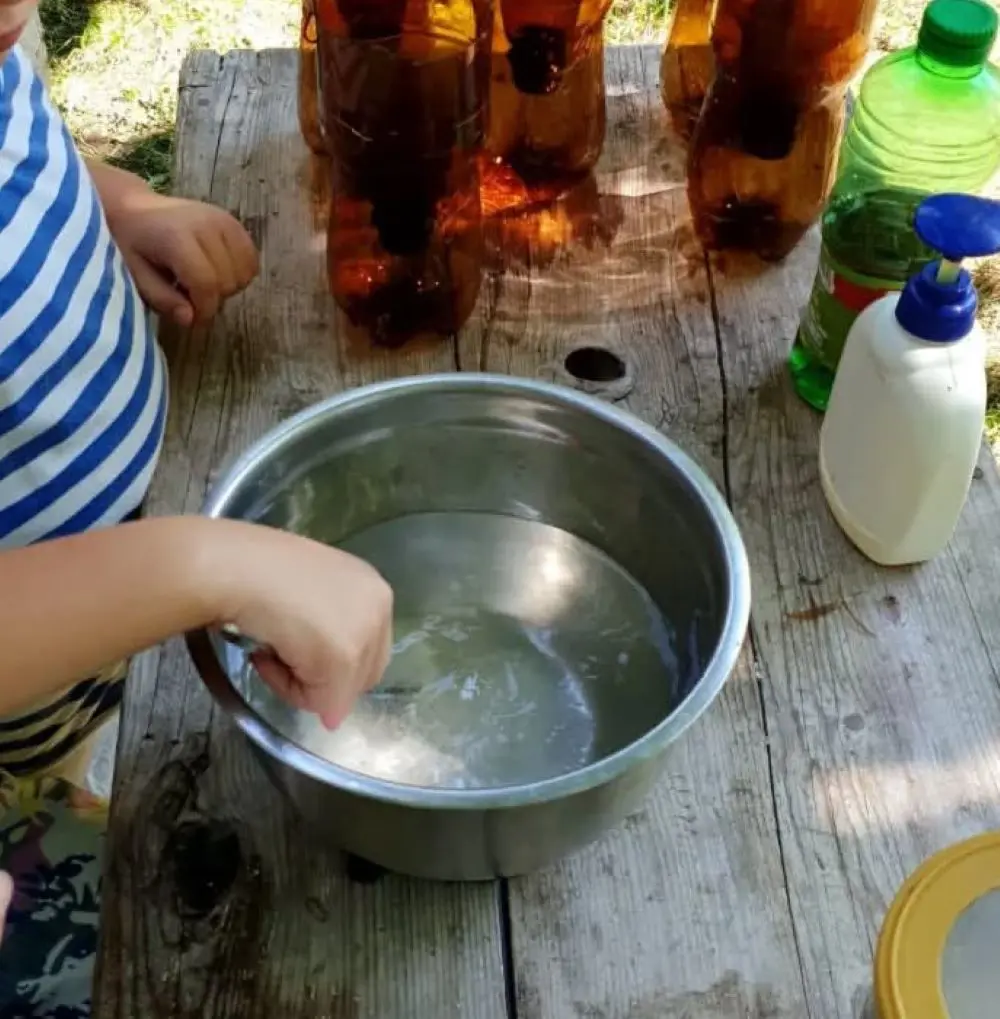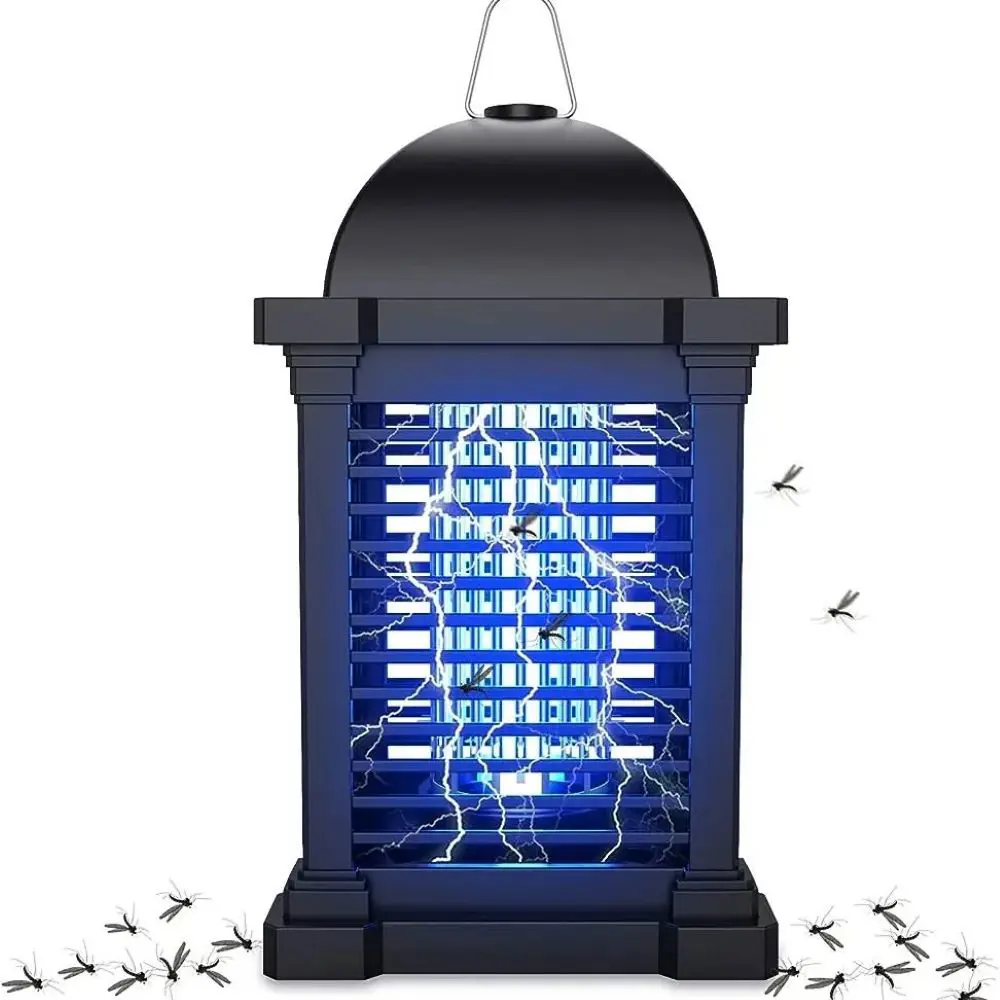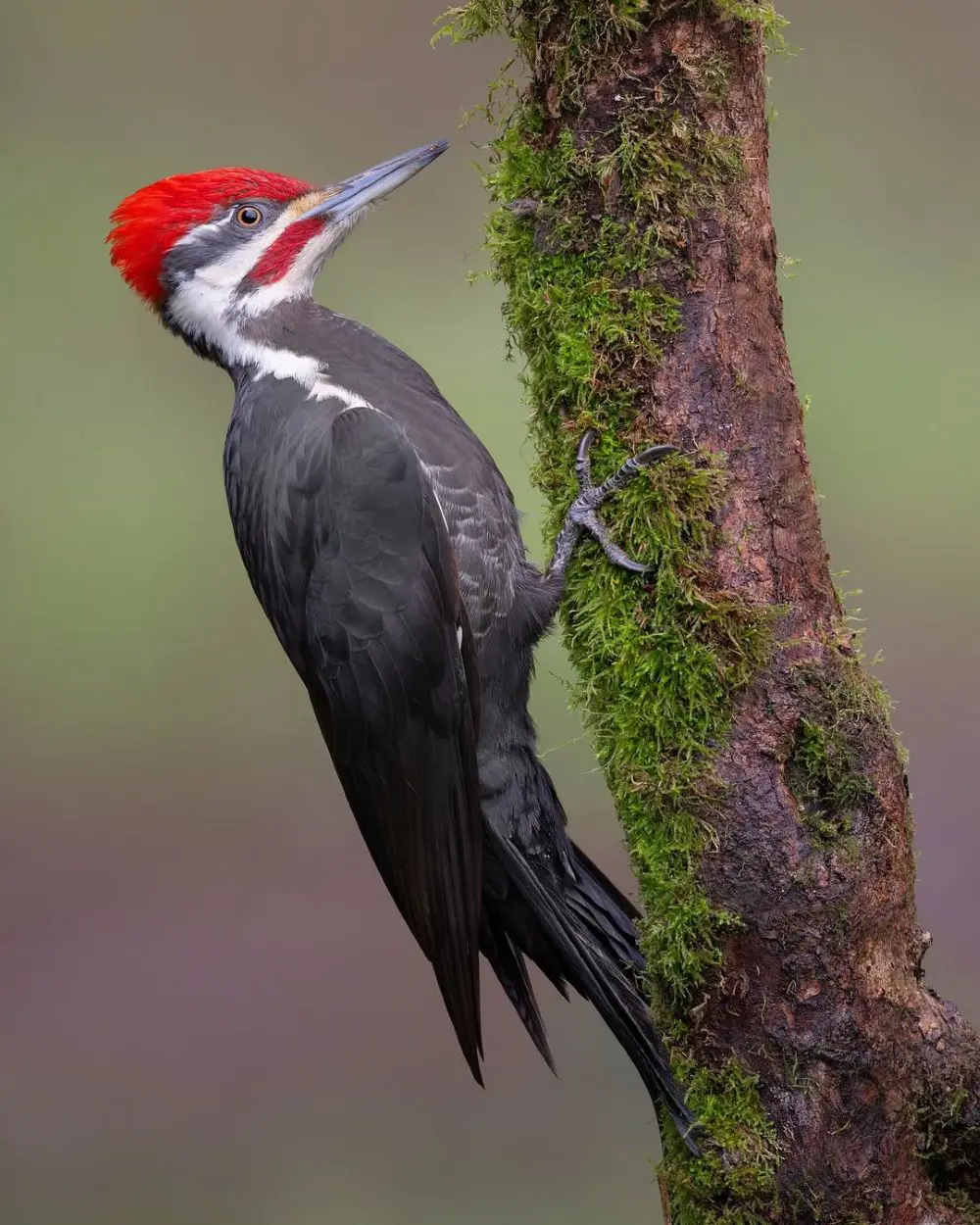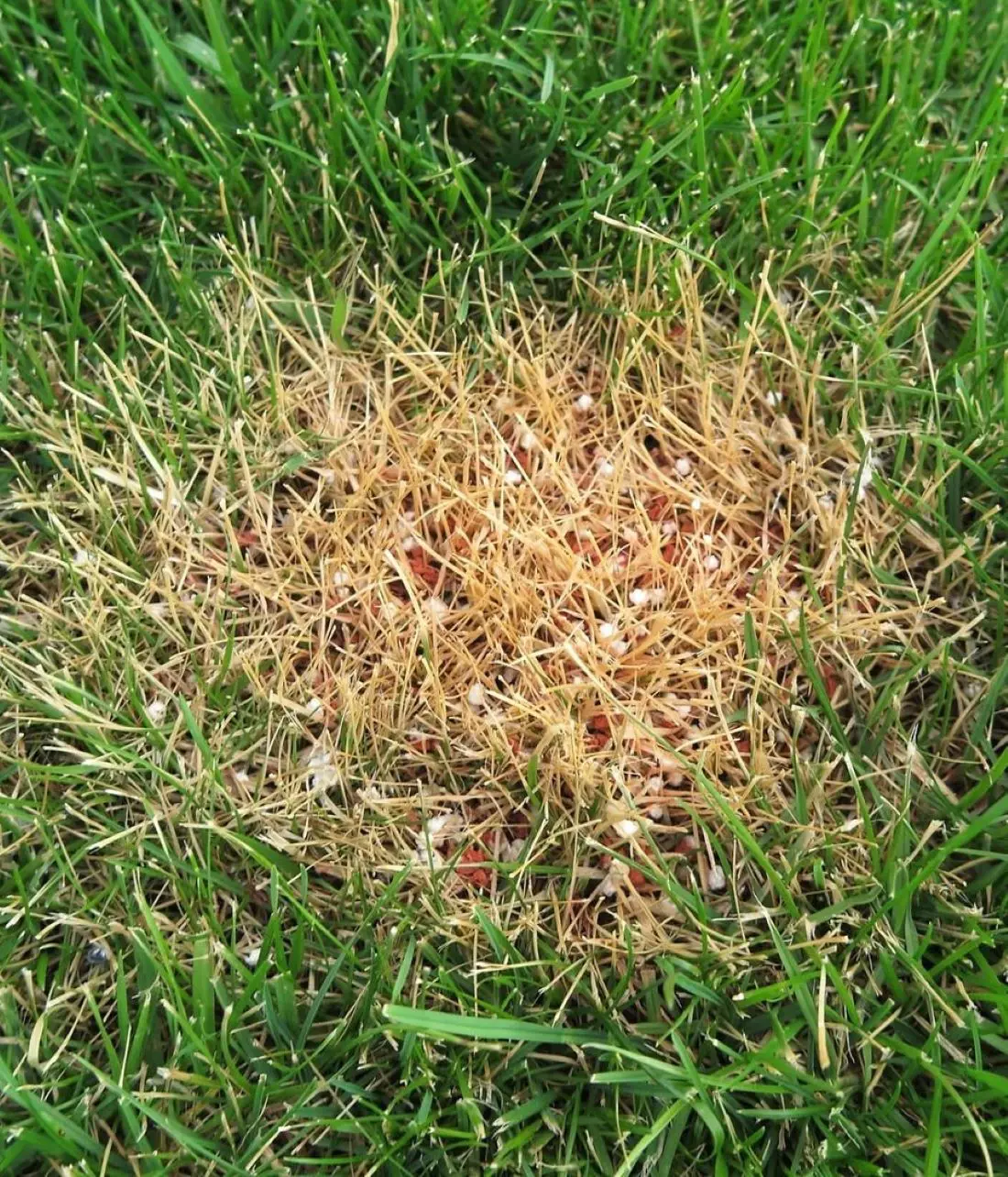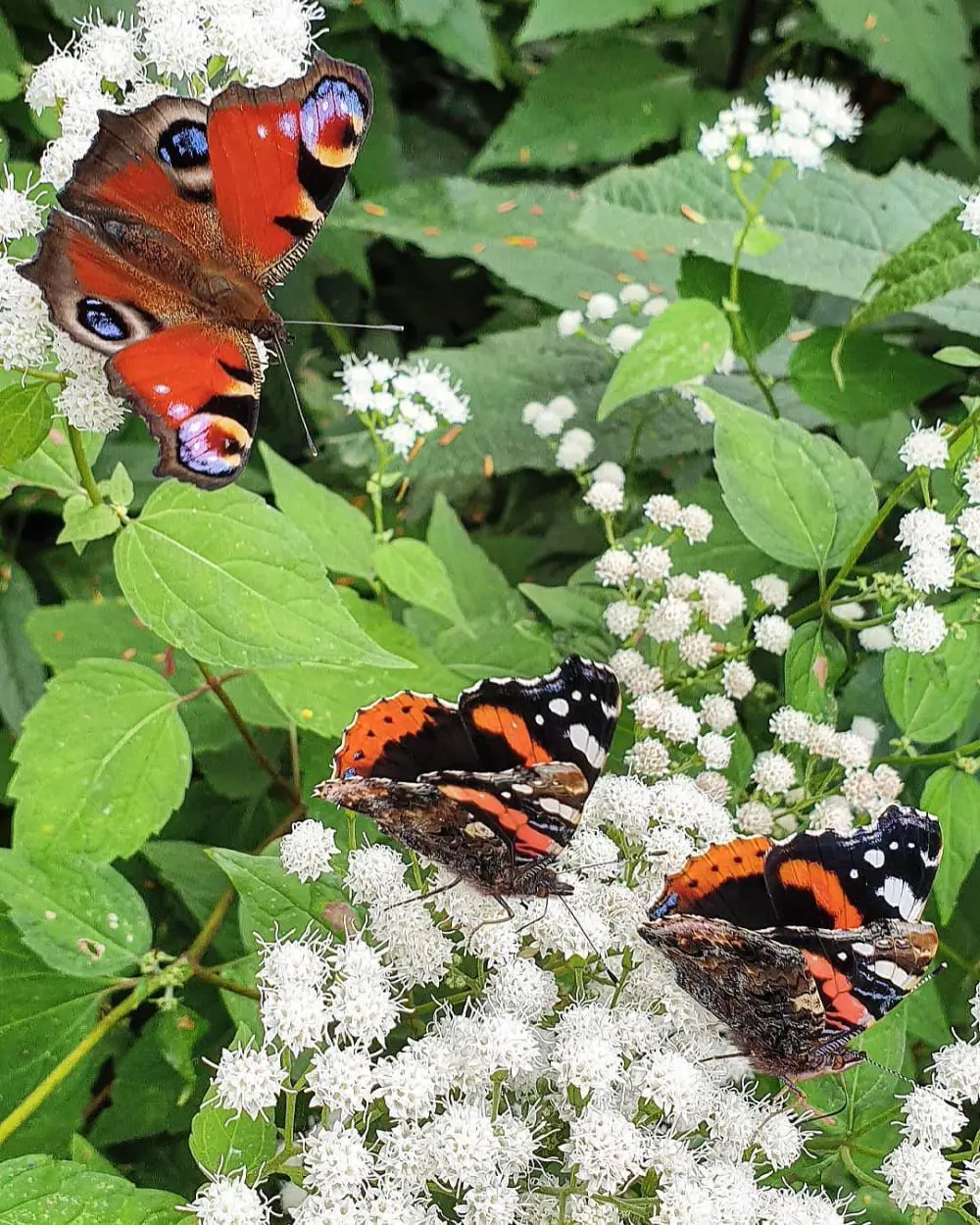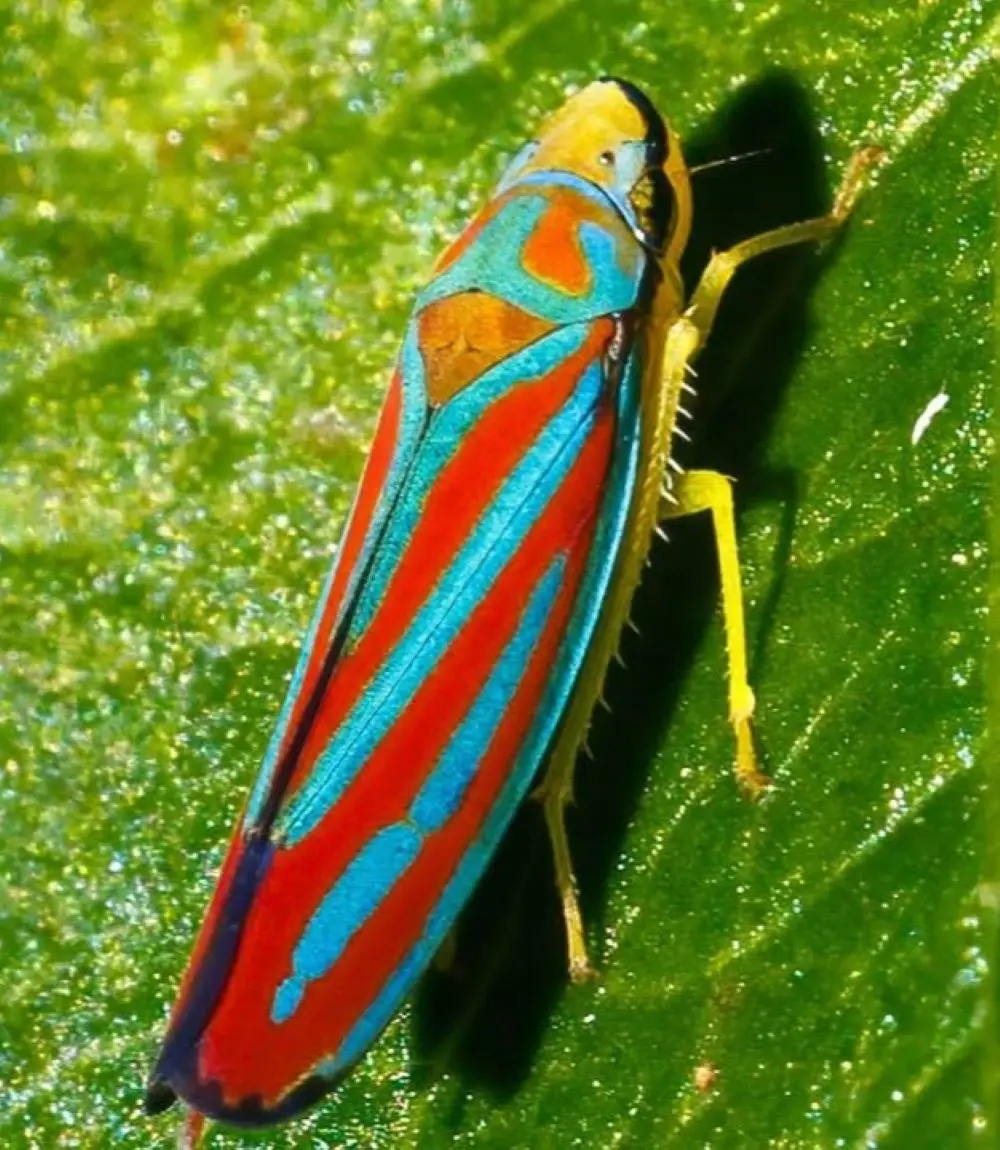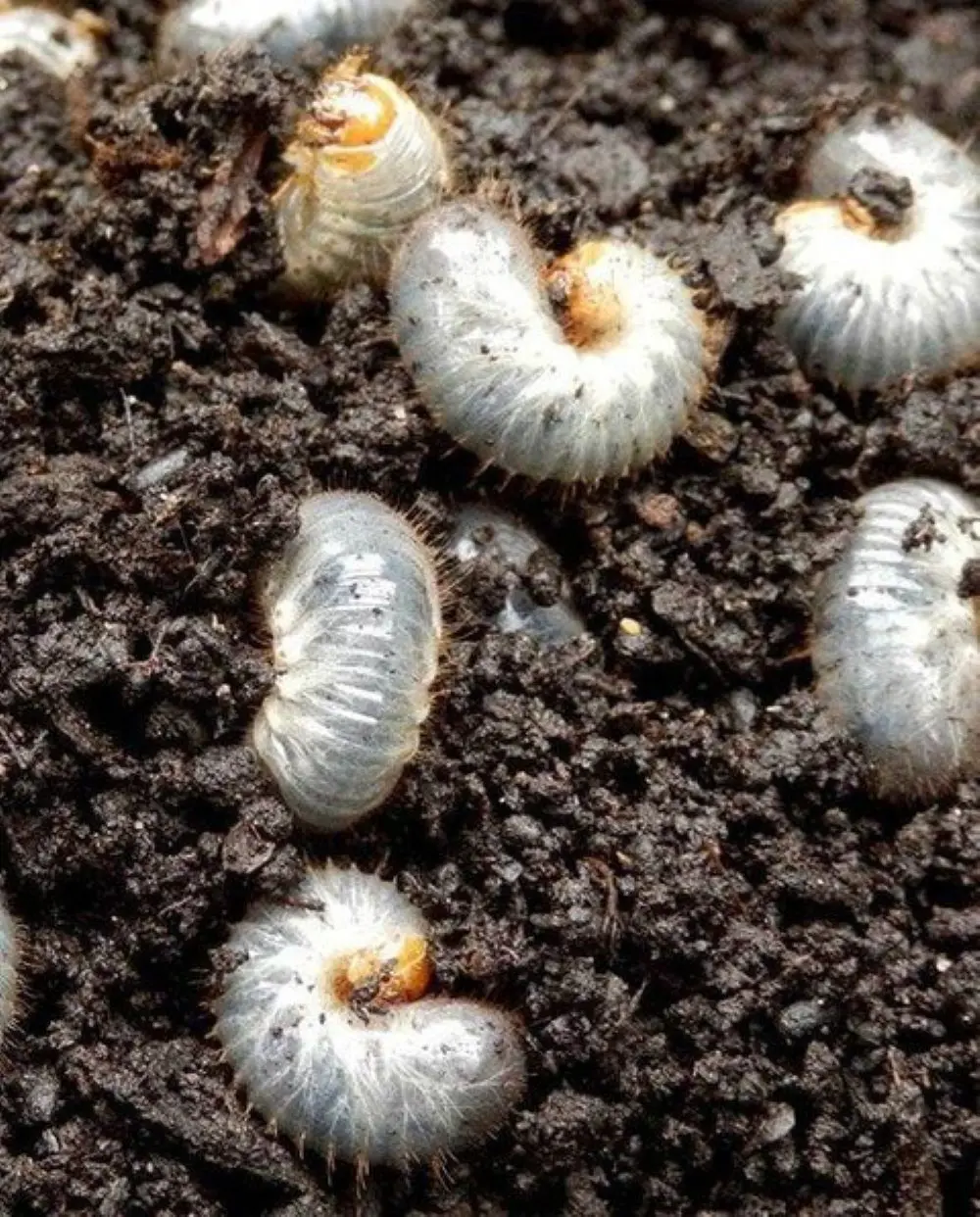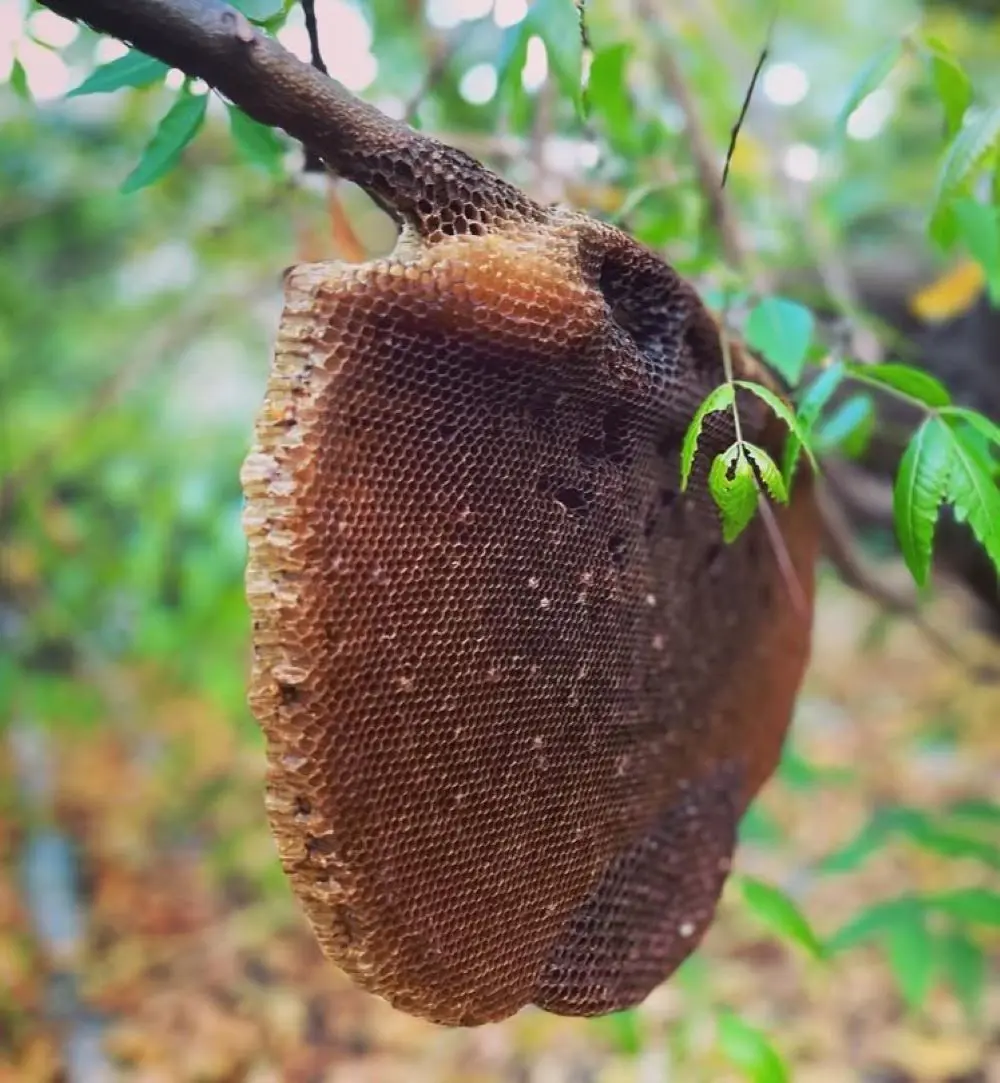How to Catch Flies Indoor
Vinegar is your best friend if you are wondering how to catch flies in the house. The pungent smell of vinegar is reminiscent of rotting fruits, which fruit flies love.
Before you start, gather all the necessary materials. You will need everything mentioned below:
- Apple Cider Vinegar
- Dish soap
- Container (read below to select the right one)
- Plastic Wrap
1. Picking the Container
An important thing you need to catch flies with vinegar is a container. You can use any container, from plastic bowls to glass, as long as it is transparent.
A transparent glass or plastic bowl is ideal because you can see the flies you have caught without getting up close and peeking from the top. This visibility is convenient and lets you know whether your trap is working.
2. Pour Apple Cider Vinegar
Pour half a cup of apple cider vinegar into the container. Do not add too much because the scent may become diluted in the surrounding air, making it less attractive to flies.
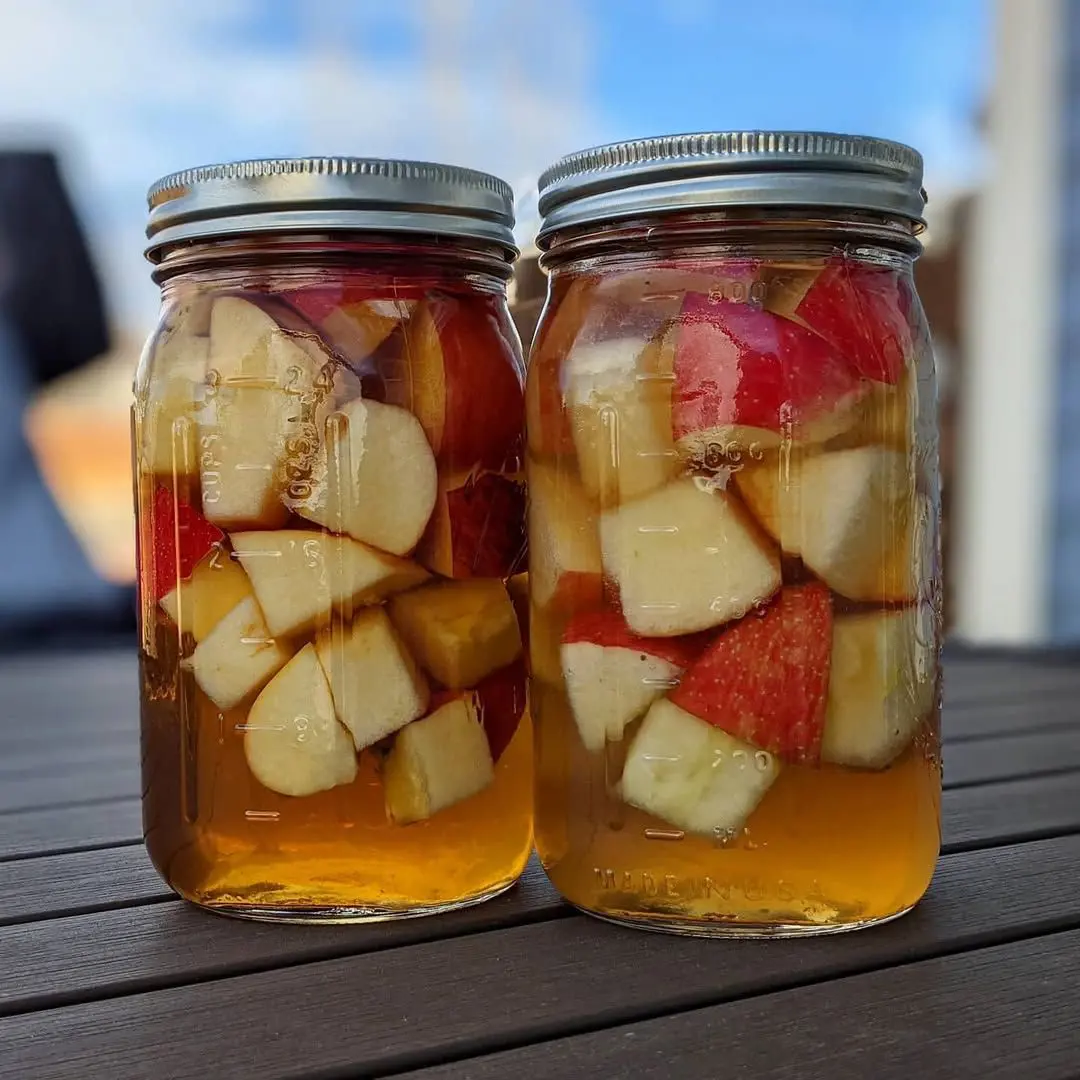
Additionally, a higher volume of liquid without the right balance of dish soap can allow flies to land and escape, as the surface tension might remain intact.
3. Add Water
After that, add water to the container to dilute the solution. Avoid adding too much water, or it will weaken the vinegar's intensity. Water allows vinegar's scent to linger in the air for a little longer, trapping more fruit flies and increasing its overall effectiveness.
4. Dish Soap
Another element in the fly trap solution is dish soap. This surfactant liquid does the actual trapping by making the vinegar solution slippery when you mix it in the solution.
The flies cannot escape once they land on the solution and eventually drown. You can use dish soap, but fruit-scented ones make the trap more enticing.
5. Stir the Mixture
After adding all the ingredients to the container, stir the solution gently so that all the elements dissolve evenly.
Avoid stirring harshly, as it will result in a frothy mixture. The bubbles create a barrier, making it harder for the flies to land directly on the liquid surface. Cease stirring if you notice the bubbles.
6. Wrap Plastic
Let the solution settle for a few minutes and move on to cover the container. The dish soap makes it difficult for flies to escape, but not impossible. They are adept at saving themselves.
Therefore, you should cover the solution with a cellophane and poke holes. Poking the right-sized holes can be tricky since they need to be large enough to allow the flies to enter but small enough to prevent their escape.
Alternatively - Go For a Paper Funnel
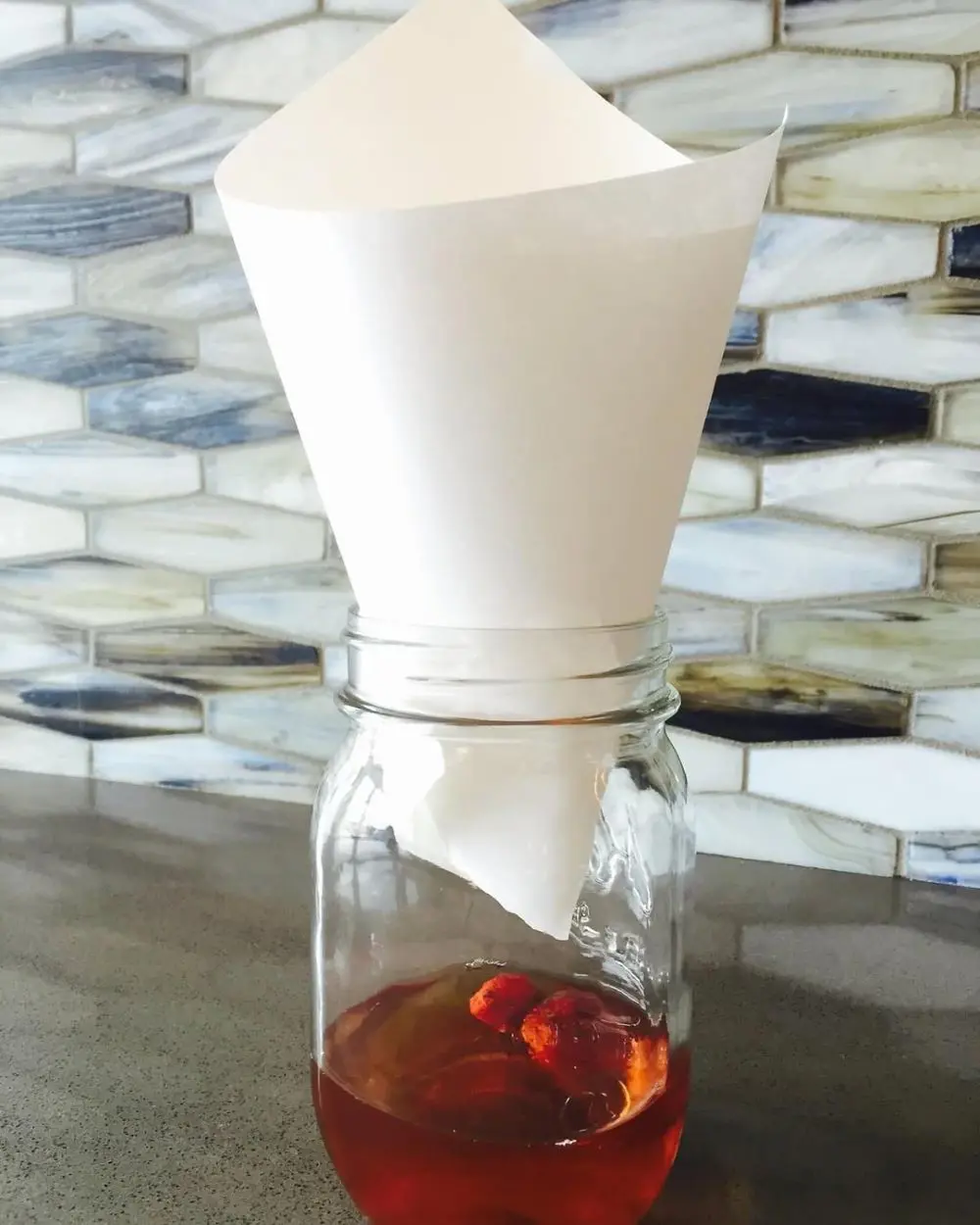
An environmentally friendly alternative is to replace the plastic with a paper funnel. A paper funnel is best suited for glass jars with slightly narrow openings.
Grab one end of the paper and make it into a cone with a small hole at the tip, just enough to allow the flies to enter the container but prevent their escape. The tip should be inside the container.
Once you have placed the funnel in the container, secure it with glue or tape so it does not come undone. Also, do not let the cone touch the solution, lest you want to wet the paper.
7. Secure with a Rubber Band
The plastic wrap, too, needs to be secured. After covering the jar with the wrap, secure it with a rubber band.
Check whether the wrap is secure and for any potential route, the fruit flies may escape from.
8. Set the Trap
Now that the trap is ready, install it in your preferred location. Opt for high fly-traffic areas such as kitchens, fruit bowls, around flowering plants and fruits, or near a trash bin.
Remember, your fly trap is as effective as the location you place it, meaning there is no point in setting the trap in an area where flies will not go. Place the traps where you anticipate them the most, and if necessary, you can set multiple traps.
